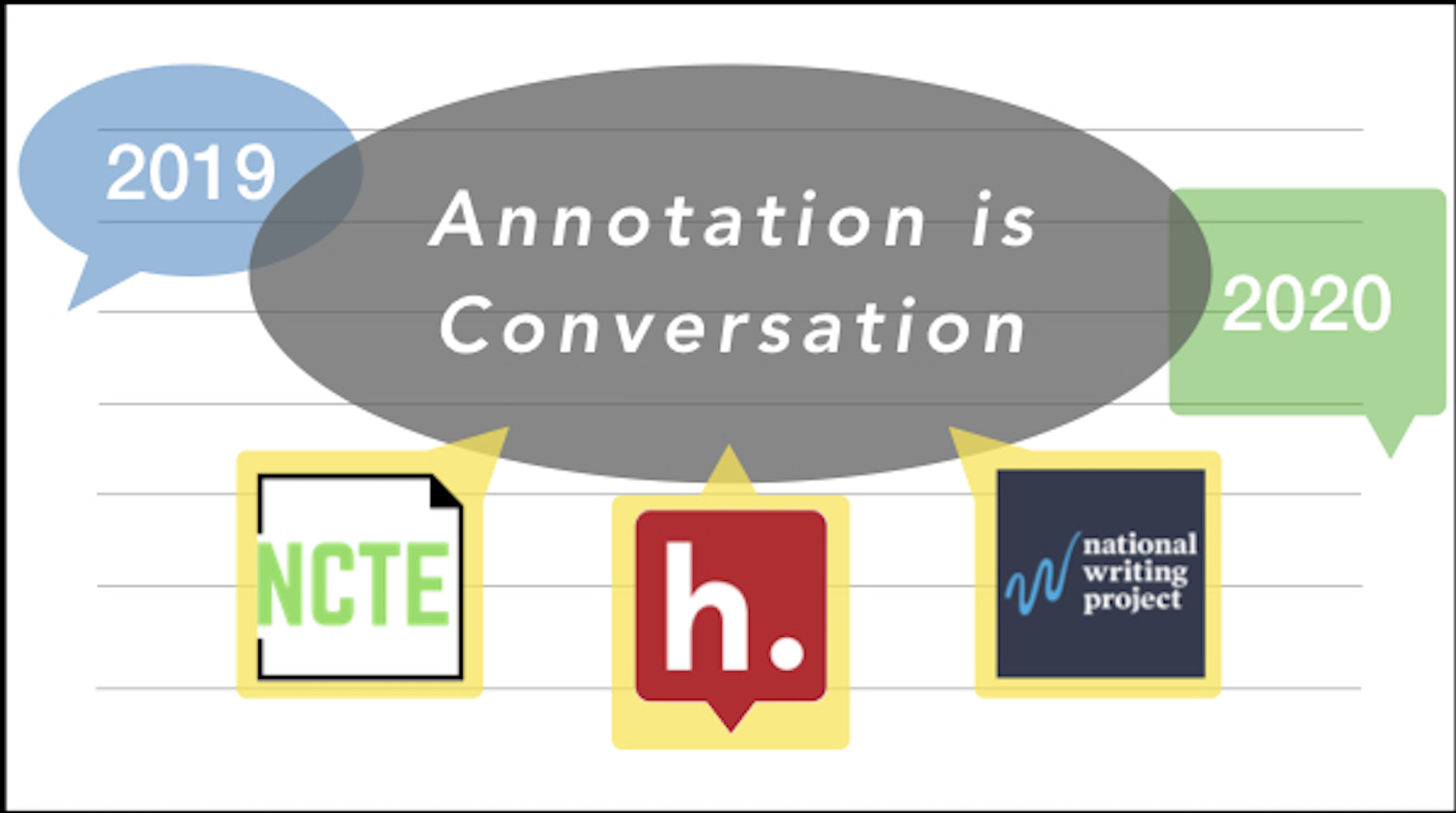 Annotation is a form of conversation.
Annotation is a form of conversation.
Using Hypothesis to read socially and publicly with other people is a unique learning opportunity.
We urge Marginal Syllabus participants to share annotations that spark conversation and deepen our collective inquiry.
Consider how your annotations might elicit dialogue rather than deliver a soliloquy.
Author annotations that open spaces for other people and multiple perspectives.
Please remember that discussing educational equity - and, specifically, topics that may be perceived as debatable or incompatible with personal experience - may be a challenging and new experience for some Marginal Syllabus participants. We welcome annotation that is:
- Civil. We can disagree. And when we do so, let’s also respect one another.
- Constructive. Share what you know. And build upon ideas that are relevant and informative.
- Curious. Ask honest questions and listen openly to responses.
- Creative. Model generative dialogue. Have fun. Contribute to and learn from the process.
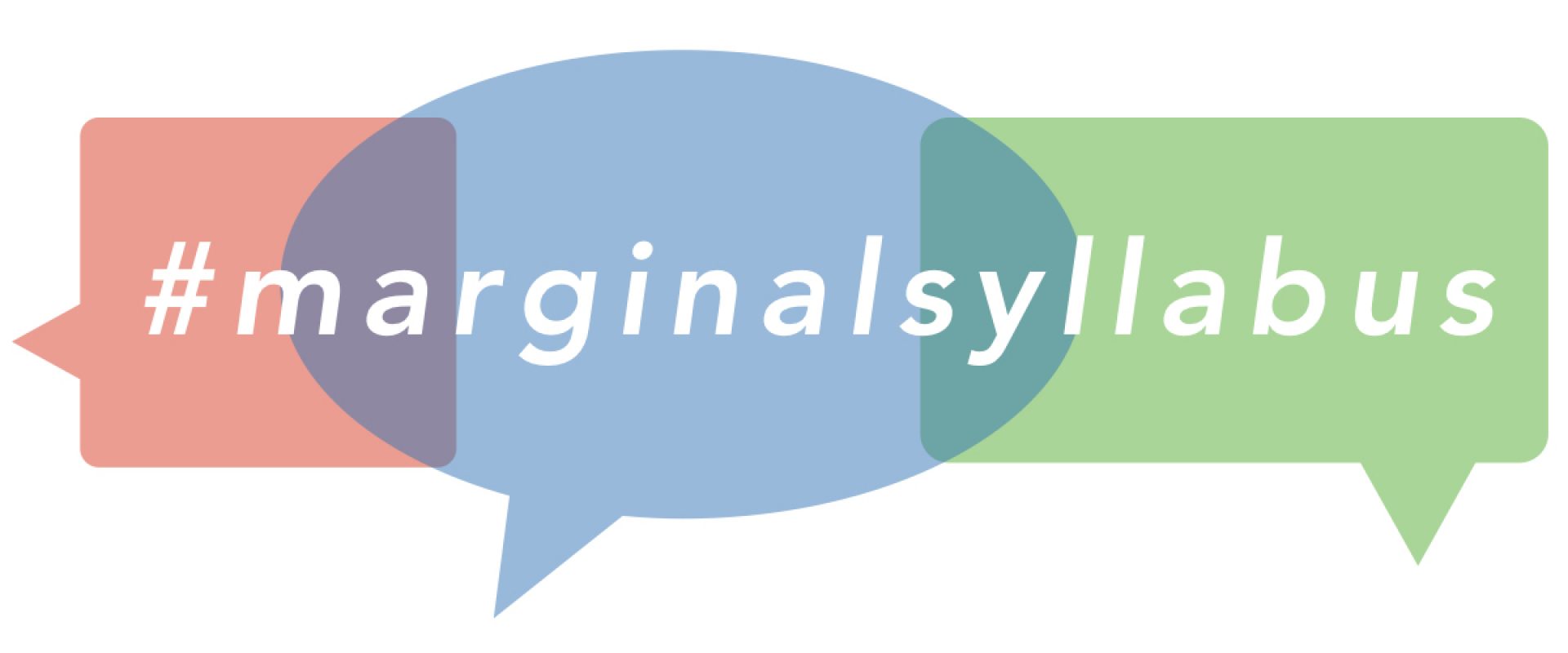 Welcome to the 2021 Marginal Syllabus. This article by Dr. Ebony Elizabeth Thomas is part of the third Literacy, Equity + Remarkable Notes = LEARN syllabus co-developed in partnership with the National Writing Project (NWP) and the National Council of Teachers of English (NCTE), with support from Hypothesis.
Welcome to the 2021 Marginal Syllabus. This article by Dr. Ebony Elizabeth Thomas is part of the third Literacy, Equity + Remarkable Notes = LEARN syllabus co-developed in partnership with the National Writing Project (NWP) and the National Council of Teachers of English (NCTE), with support from Hypothesis. Our thanks to partner author Sophia Sarigianides for contributing to the 2019-20 Marginal Syllabus! Dr. Sarigianides' bio is included at the end of this article.
Our thanks to partner author Sophia Sarigianides for contributing to the 2019-20 Marginal Syllabus! Dr. Sarigianides' bio is included at the end of this article. Annotation is a form of conversation.
Annotation is a form of conversation.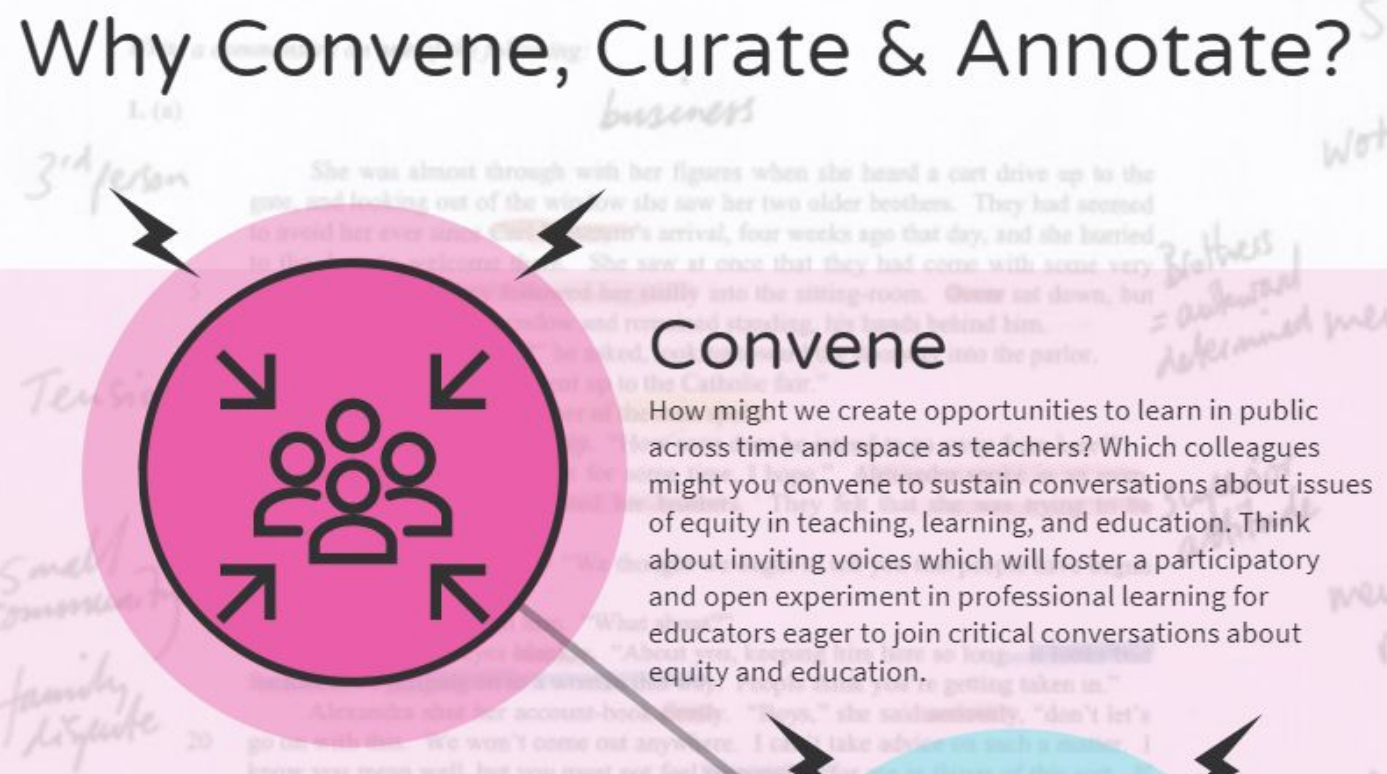 If you are joining a Marginal Syllabus conversation for the first time, or if you are using Hypothesis to annotate for the first time, here are a few useful notes and resources:
If you are joining a Marginal Syllabus conversation for the first time, or if you are using Hypothesis to annotate for the first time, here are a few useful notes and resources: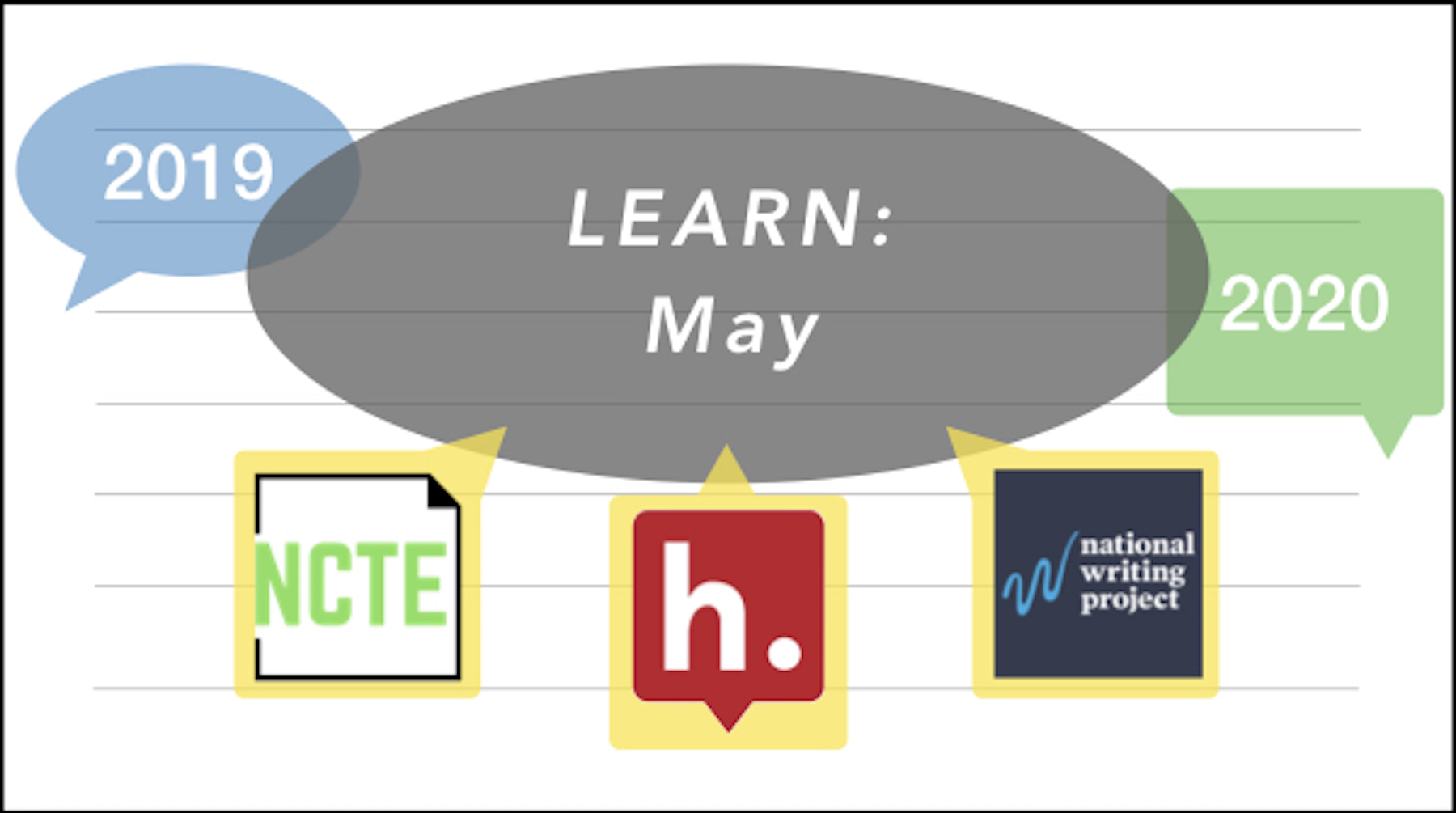 Welcome to the 2019-20 Marginal Syllabus and our May conversation! This is the seventh article we will read and publicly annotate as part of "
Welcome to the 2019-20 Marginal Syllabus and our May conversation! This is the seventh article we will read and publicly annotate as part of "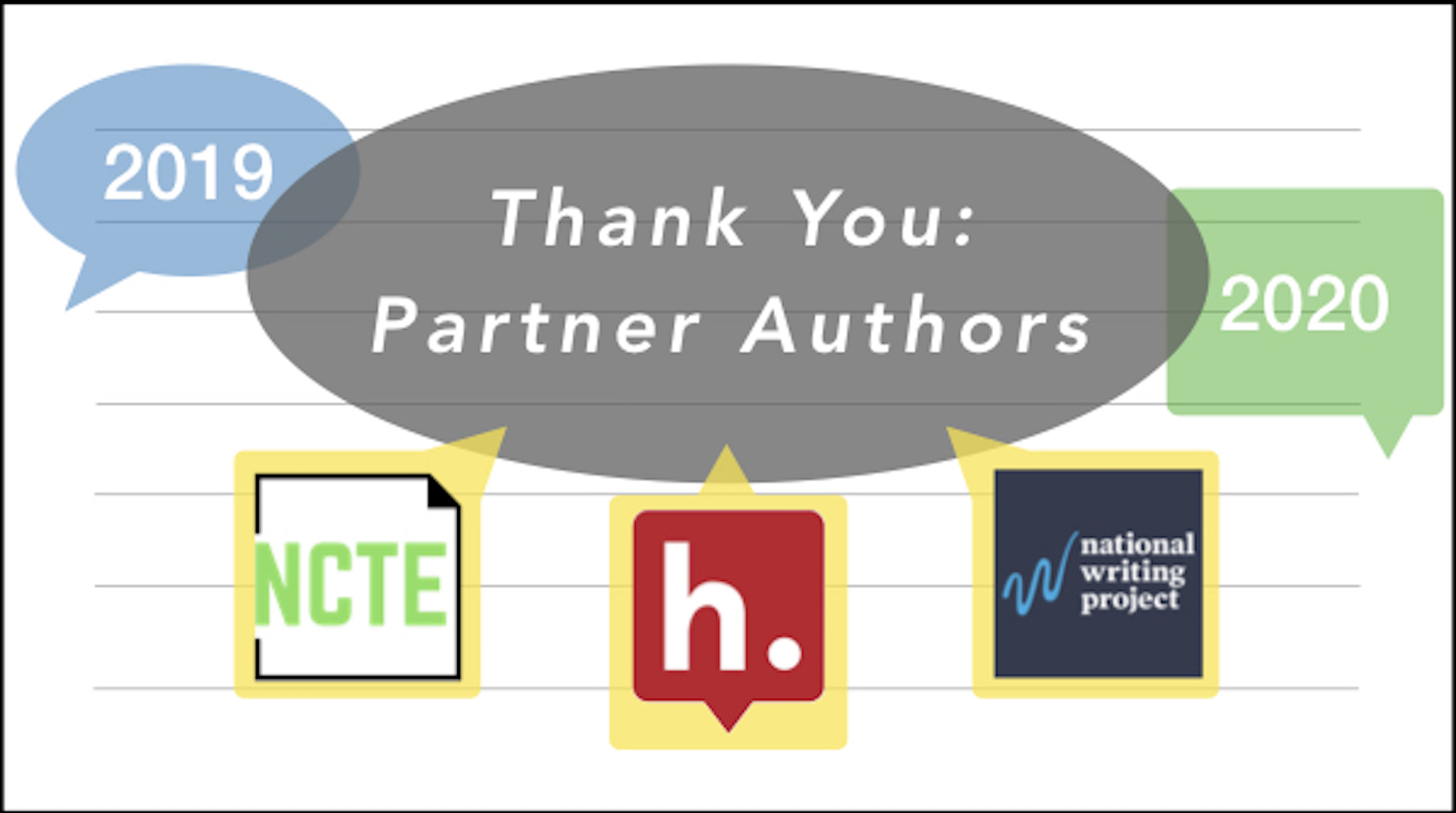 Our thanks to partner authors Ashley Boyd and Jacinda Miller for contributing to the 2019-20 Marginal Syllabus!
Our thanks to partner authors Ashley Boyd and Jacinda Miller for contributing to the 2019-20 Marginal Syllabus!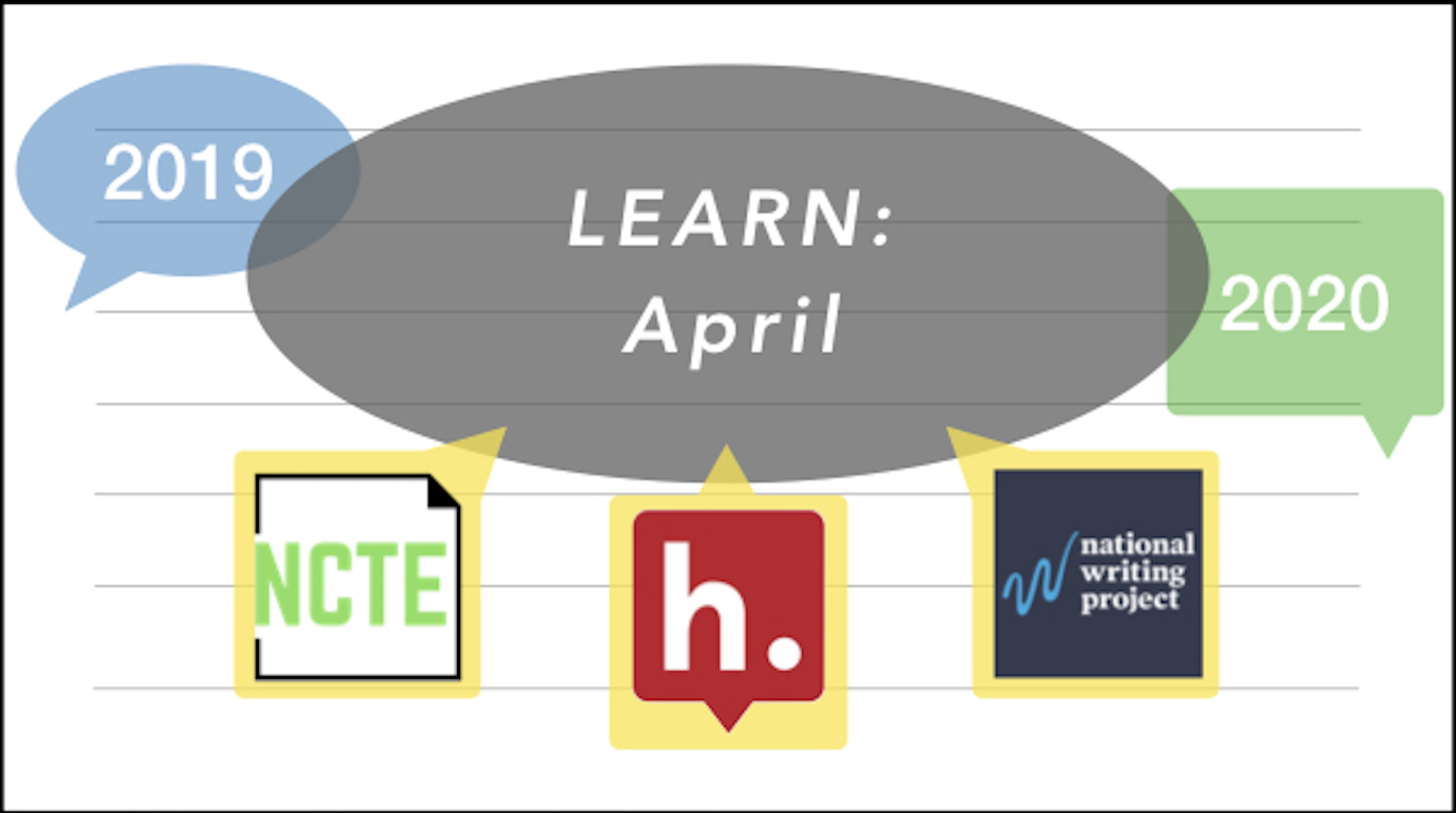 Welcome to the 2019-20 Marginal Syllabus and our April conversation! This is the sixth article we will read and publicly annotate as part of "
Welcome to the 2019-20 Marginal Syllabus and our April conversation! This is the sixth article we will read and publicly annotate as part of "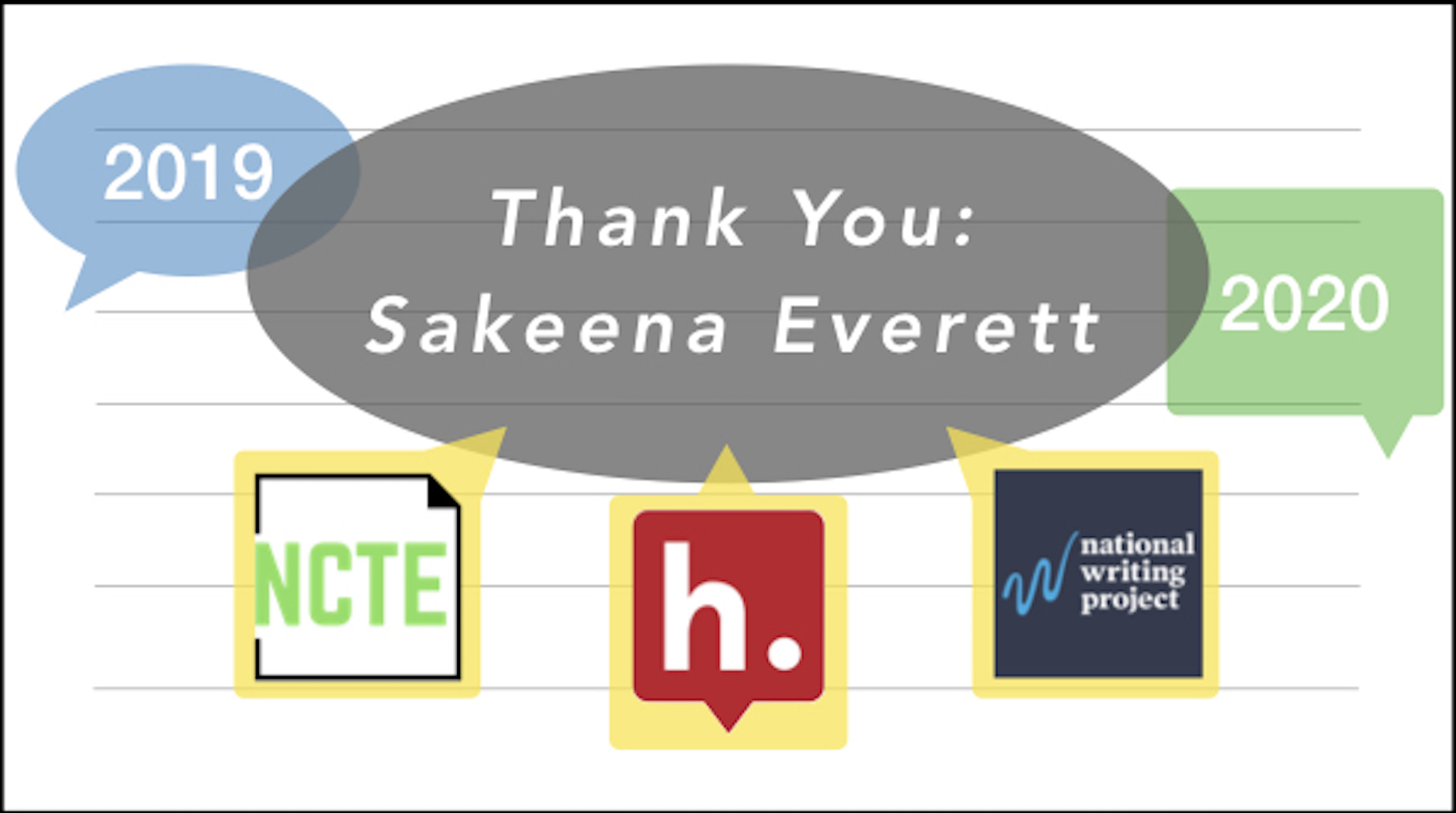 Our thanks to partner author Dr. Sakeena Everett for contributing to the 2019-20 Marginal Syllabus! This is the second time that Dr. Everett has joined the Marginal Syllabus as a partner author, having previously done so during the 2017-18 Writing Our Civic Futures syllabus - please also read her co-authored article, and the associated annotation conversation, about
Our thanks to partner author Dr. Sakeena Everett for contributing to the 2019-20 Marginal Syllabus! This is the second time that Dr. Everett has joined the Marginal Syllabus as a partner author, having previously done so during the 2017-18 Writing Our Civic Futures syllabus - please also read her co-authored article, and the associated annotation conversation, about 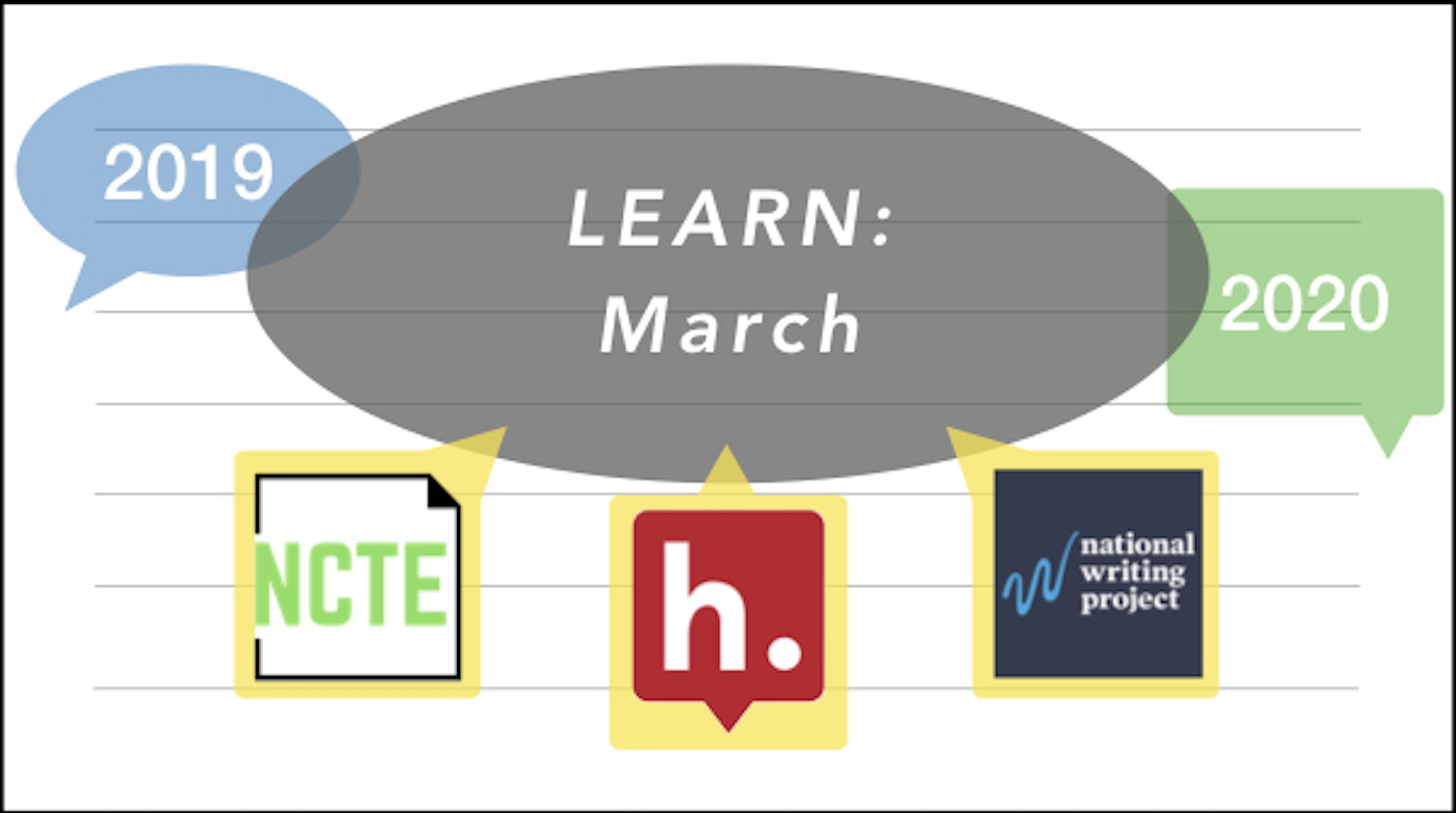 Welcome to the 2019-20 Marginal Syllabus and our March conversation! This is the fifth article we will read and publicly annotate as part of "
Welcome to the 2019-20 Marginal Syllabus and our March conversation! This is the fifth article we will read and publicly annotate as part of "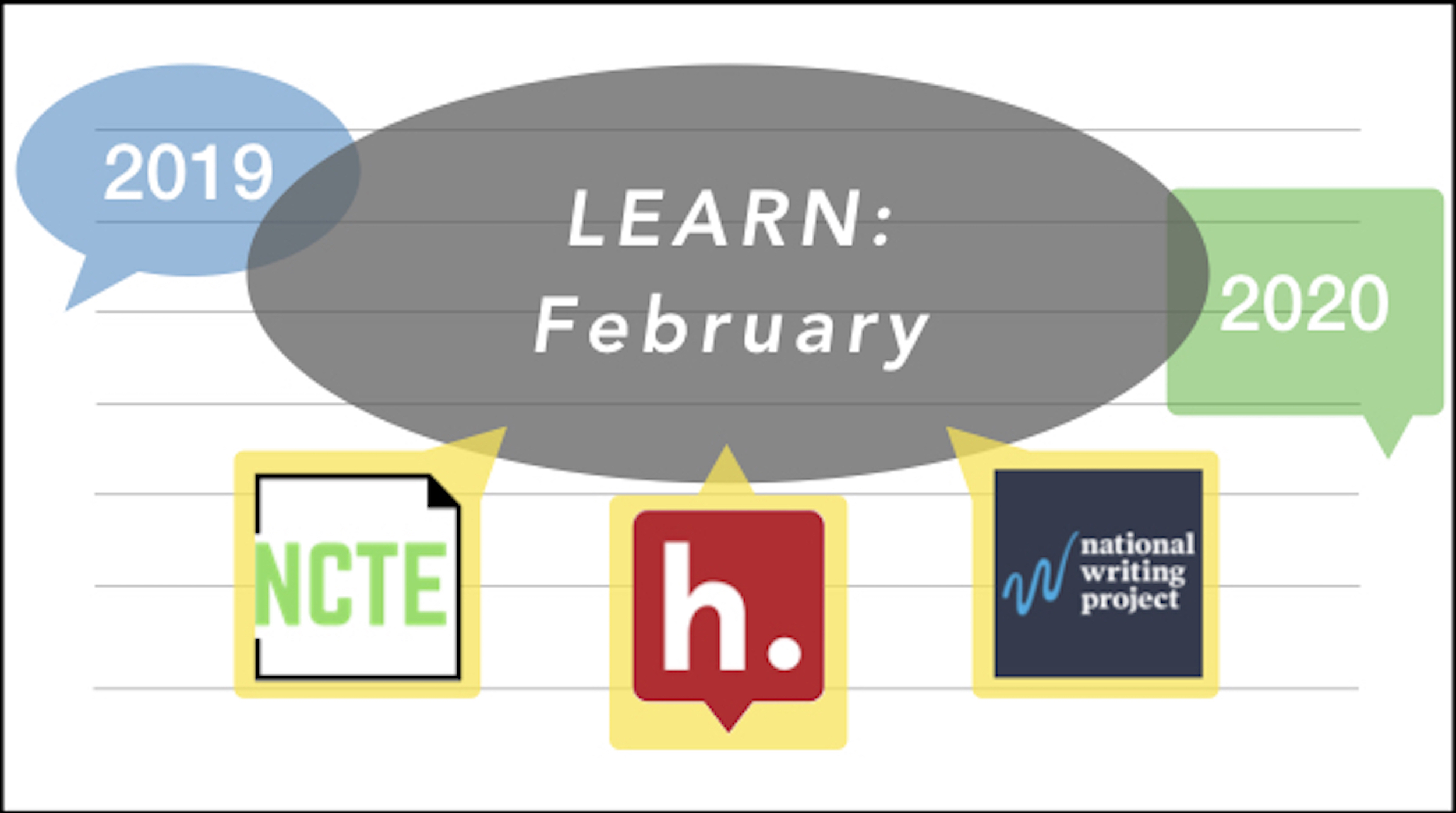 Welcome to the 2019-20 Marginal Syllabus and our February conversation! This is the fourth article we will read and publicly annotate as part of "
Welcome to the 2019-20 Marginal Syllabus and our February conversation! This is the fourth article we will read and publicly annotate as part of "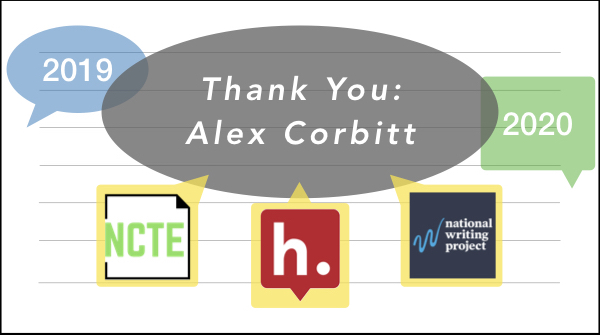 Our thanks to partner author Alex Corbitt for contributing to the 2019-20 Marginal Syllabus! To learn more about Alex visit:
Our thanks to partner author Alex Corbitt for contributing to the 2019-20 Marginal Syllabus! To learn more about Alex visit:  Welcome to the 2019-20 Marginal Syllabus and our January conversation! This is the third article we will read and publicly annotate as part of "
Welcome to the 2019-20 Marginal Syllabus and our January conversation! This is the third article we will read and publicly annotate as part of "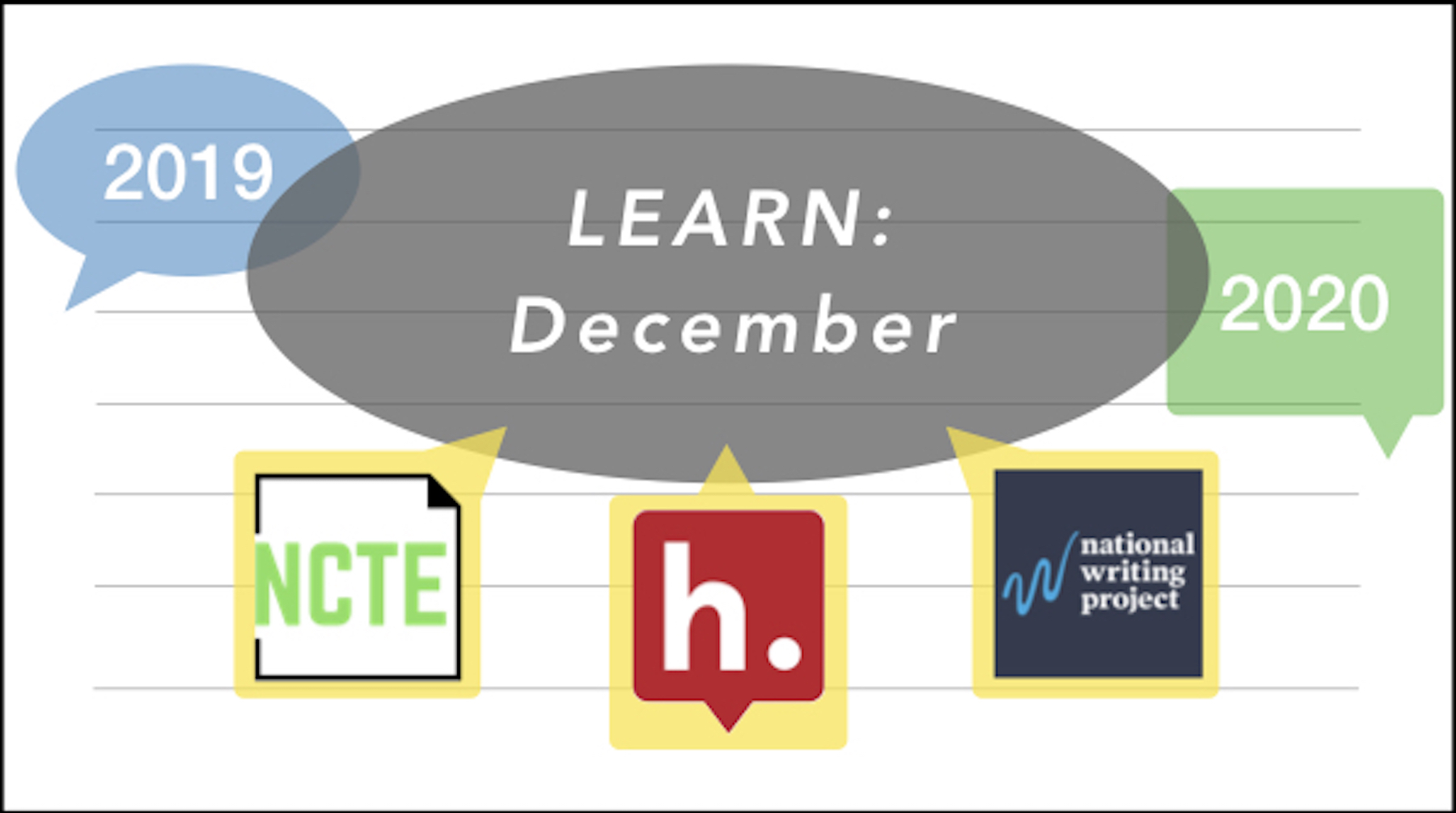 Welcome to the 2019-20 Marginal Syllabus and our December conversation! This is the second article we will read and publicly annotate as part of "
Welcome to the 2019-20 Marginal Syllabus and our December conversation! This is the second article we will read and publicly annotate as part of "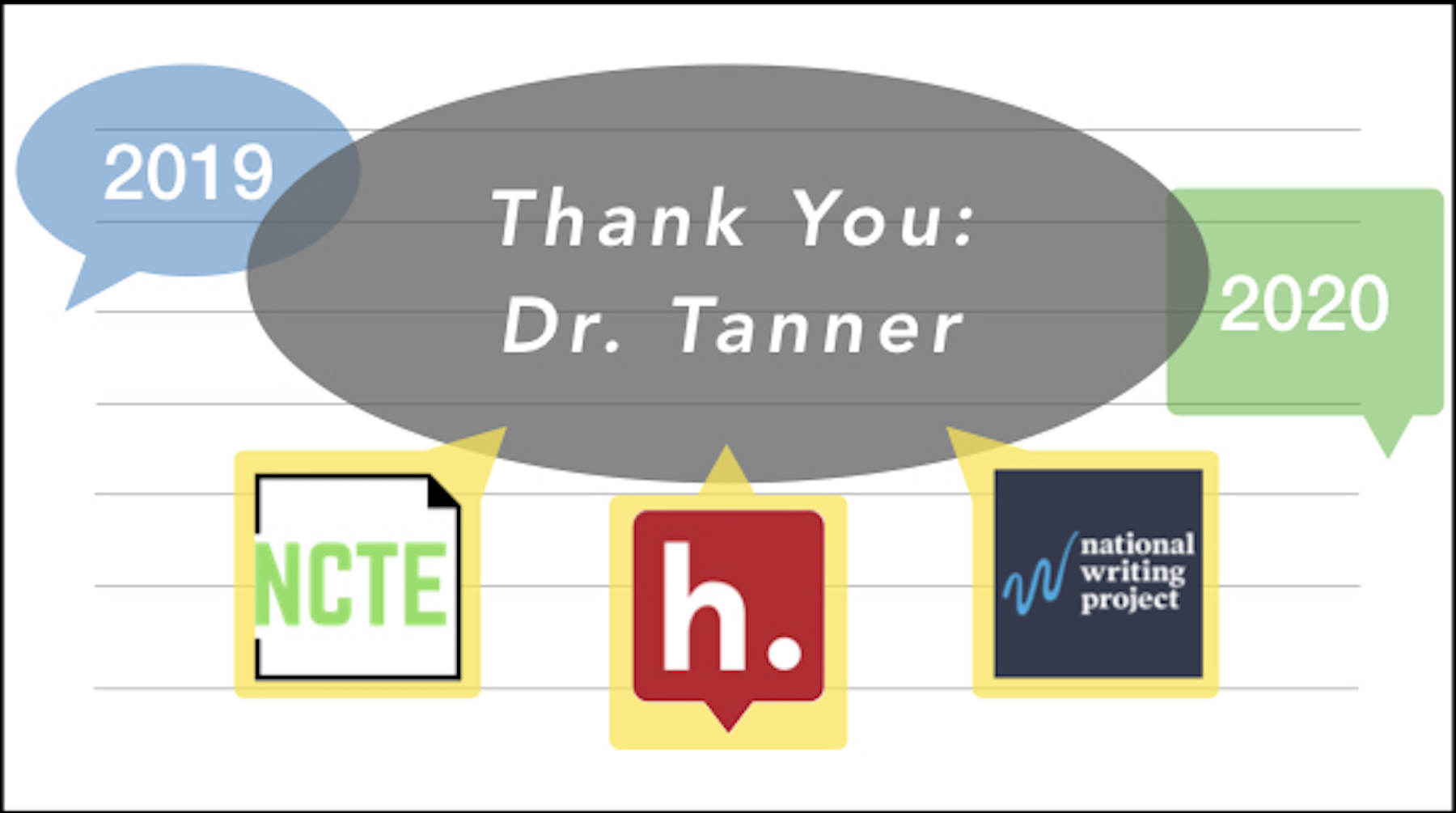 Our thanks to partner author Samuel Jaye Tanner for contributing to the 2019-20 Marginal Syllabus! A brief bio is included at the end of this article, and you can also learn more by
Our thanks to partner author Samuel Jaye Tanner for contributing to the 2019-20 Marginal Syllabus! A brief bio is included at the end of this article, and you can also learn more by 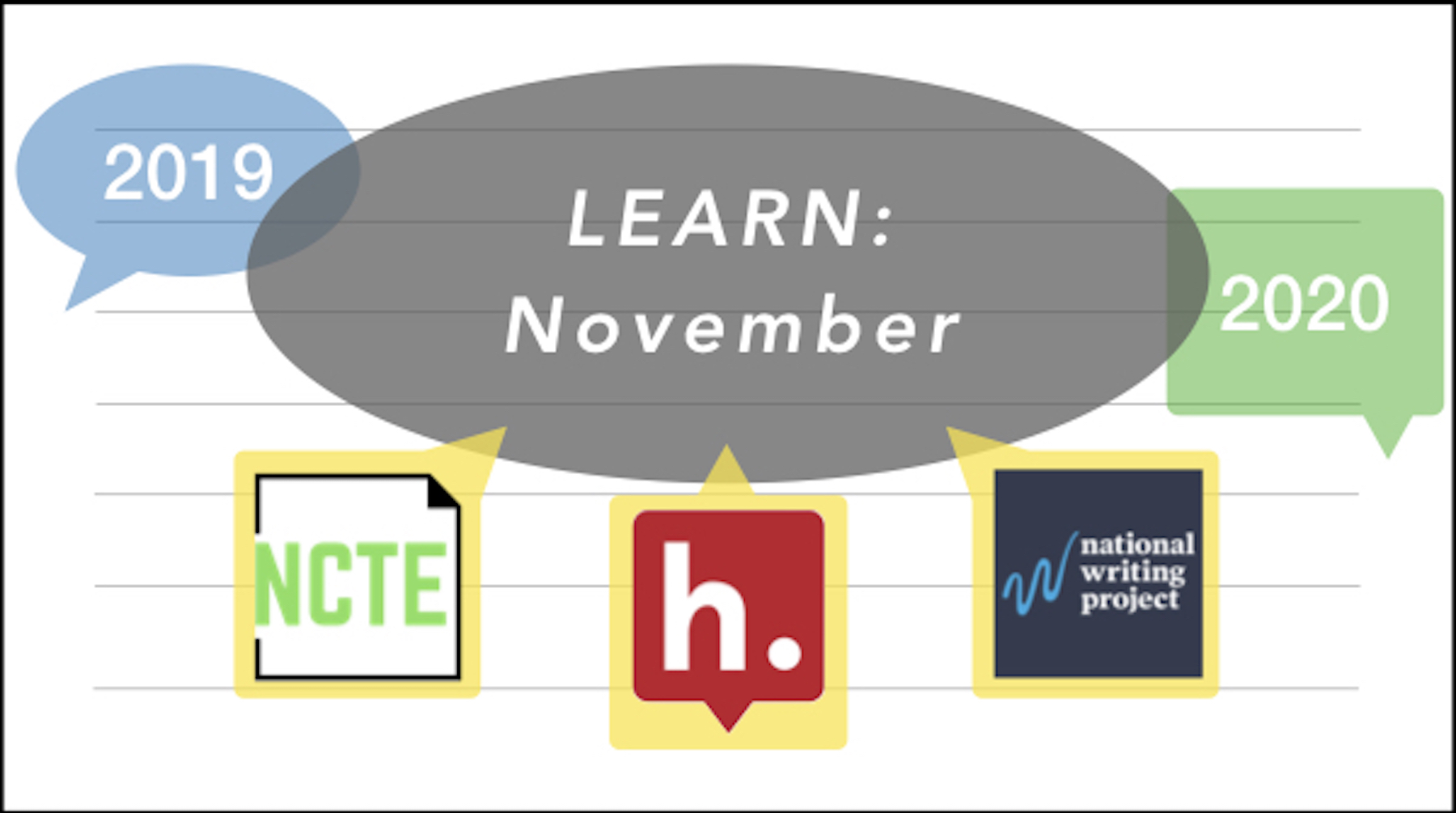 Welcome to the 2019-20 Marginal Syllabus and our November conversation! This is the first article we will read and publicly annotate as part of "
Welcome to the 2019-20 Marginal Syllabus and our November conversation! This is the first article we will read and publicly annotate as part of "



 Our thanks to partner authors Jemimah Young, Marquita Foster, and Dorothy Hines for contributing to the 2018-19 LEARN Marginal Syllabus! Bios for each partner author are included at the end of this article.
Our thanks to partner authors Jemimah Young, Marquita Foster, and Dorothy Hines for contributing to the 2018-19 LEARN Marginal Syllabus! Bios for each partner author are included at the end of this article. Welcome to the 2018-19 Marginal Syllabus and our Month conversation! This is the second article we will read and publicly annotate as part of "
Welcome to the 2018-19 Marginal Syllabus and our Month conversation! This is the second article we will read and publicly annotate as part of " If you are joining a Marginal Syllabus conversation for the first time, or if you're using Hypothesis to annotate for the first time, here are a few useful notes and resources:
If you are joining a Marginal Syllabus conversation for the first time, or if you're using Hypothesis to annotate for the first time, here are a few useful notes and resources: Welcome to the 2018-19 Marginal Syllabus and our Month conversation! This is the second article we will read and publicly annotate as part of "
Welcome to the 2018-19 Marginal Syllabus and our Month conversation! This is the second article we will read and publicly annotate as part of " Welcome to the 2018-19 Marginal Syllabus and our April conversation! This is the sixth article we will read and publicly annotate as part of "
Welcome to the 2018-19 Marginal Syllabus and our April conversation! This is the sixth article we will read and publicly annotate as part of " Our thanks to partner author Debbie Reese for contributing to the 2018-19 Marginal Syllabus! A short biography of Debbie Reese is included at the end of this article, and you can also learn more about her
Our thanks to partner author Debbie Reese for contributing to the 2018-19 Marginal Syllabus! A short biography of Debbie Reese is included at the end of this article, and you can also learn more about her  Welcome to the 2018-19 Marginal Syllabus and our March conversation! This is the fifth article we will read and publicly annotate as part of "
Welcome to the 2018-19 Marginal Syllabus and our March conversation! This is the fifth article we will read and publicly annotate as part of " Welcome to the 2018-19 Marginal Syllabus and our February conversation! This is the fourth article we will read and publicly annotate as part of "
Welcome to the 2018-19 Marginal Syllabus and our February conversation! This is the fourth article we will read and publicly annotate as part of "
 Welcome to the 2018-19 Marginal Syllabus and our January conversation! This is the third article we will read and publicly annotate as part of "
Welcome to the 2018-19 Marginal Syllabus and our January conversation! This is the third article we will read and publicly annotate as part of "